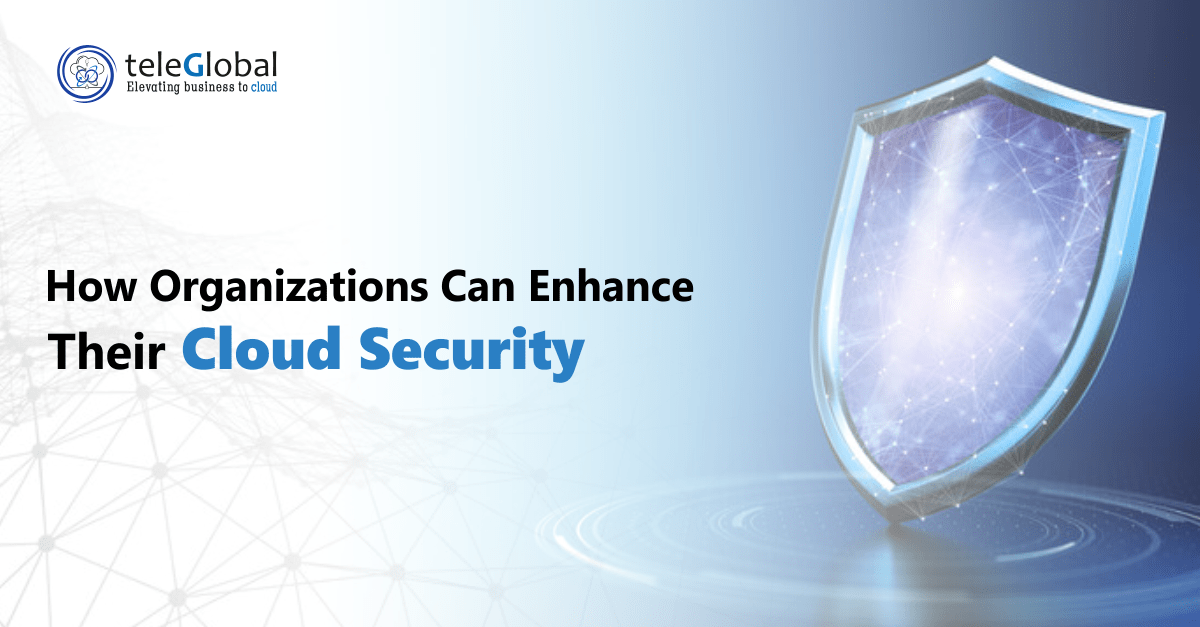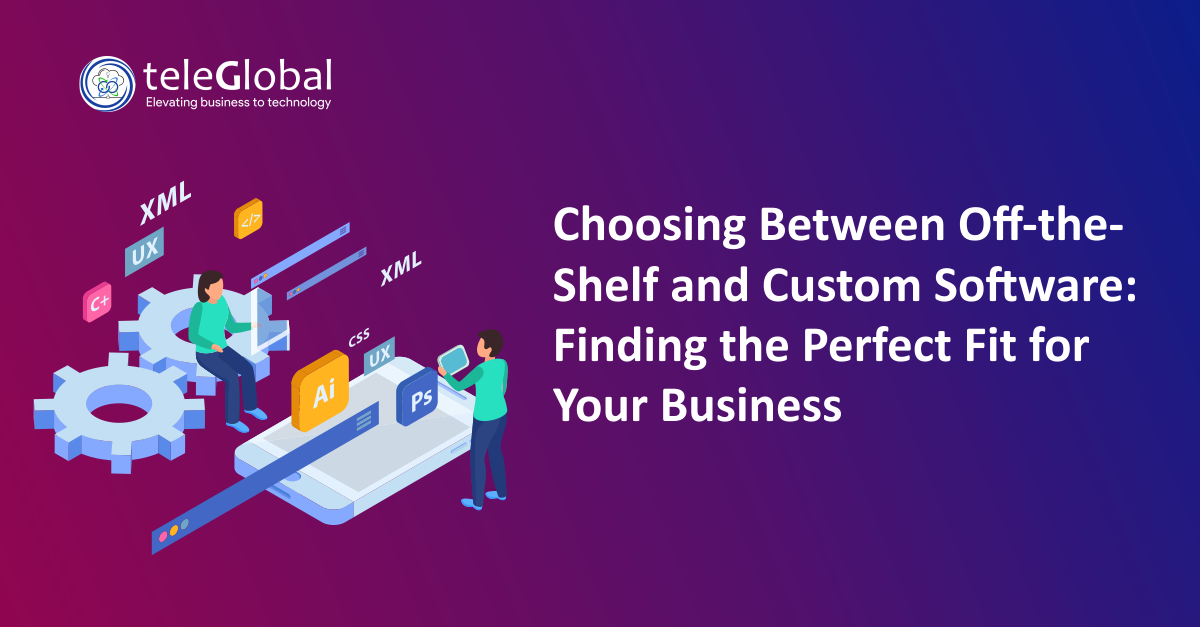
Moving to the cloud is no more a question of it, but when. As per Gartner cloud computing globally is set to grow beyond US$260 Billion within a year or two.
CIOs are looking to leverage the cloud’s native advantages of cost-effectiveness, scalability, availability, and flexibility, to sustain growth for their organizations. To this end, they are adopting a variety of approaches to develop formal strategies to integrate cloud services into various processes to meet organizational growth goals.
This growth holds security implications too as user expectations from Cloud Service Providers (CSP) for cloud security are bound to grow higher. There has been a spate of security breaches recently, and the trend is bound to rise as cyberattacks grow in sophistication and persistence.
These breaches can cause an extensive loss in terms of finance, reputation, and, of course, confidential records, customer data, and intellectual property.
Security Breaches—Typical Reasons ⦿ Lack of awareness of cloud security among users ⦿ Vulnerable user access controls ⦿ Insufficient backup —or absence of backup ⦿ Threats from inside the organization ⦿ Unprotected APIs ⦿ No proper logging/monitoring protocols ⦿ Malware threats
It is imperative that organizations immediately begin to put focus on early detection & response and use the lessons learned to strengthen their prevention & detection controls.
Shared Responsibility in Cloud SecurityOne of the many attractions of migrating to the cloud is that CSPs assume responsibility for the cloud environment. However, a lack of understanding of exactly what this entails will lead to a misconfigured cloud environment. And this is a prime point of vulnerability.
Organizations must understand where the CSP’s responsibility for cloud security ends and theirs begins. Once this is clear they need to formulate a strategy that factors in all the steps they need to take to protect their workloads.
The responsibility for the security of an organization’s cloud is thus shared between the respective CSP and the organization.
What does Shared Responsibility entail?Let’s look at what this means at different levels of cloud computing.
At the base, we have software-as-a-service (SaaS). Here organizations are responsible for only their interfaces and data. Everything else is taken care of by the CSPs.
With platform-as-a-service (PaaS), CSPs assume more responsibilities, but organizations will be responsible for their data, interfaces, and applications. Finally, we have infrastructure-as-a-service (IaaS). At this level, CSPs take responsibility for the physical infrastructure, data processing, and interfaces. Organizations must secure their virtual network, operating systems, data, interfaces, applications, middleware, and virtual machines.
Teleglobal’s Step-by-Step Approach to Cloud Security
While helping organizations manifest their cloud transformations, Teleglobal covers customer responsibilities for cybersecurity risks, starting with compliance and governance of the cloud infrastructure.
Our MethodologyDesign Security: This aspect covers infrastructure provisioning to organizations based on security guidelines. We offer multilayered security and secure application design that follows industry best practices and takes a comprehensive approach to cloud security.
Continuous Logging & Monitoring: We utilize a variety of third-party Security Information and Event Management (SIEM) tools to provide real-time analysis of security alerts, which are generated by applications and network hardware. Continuous monitoring of all security events helps create an effective response strategy.
Compliance & Governance: As a matter of course, Teleglobal’s Managed Cloud Consulting services include regular audits to eliminate any deflection from established best practices and guidelines. These are backed by regular meetings between Teleglobal’s Managed Services Provider team and our customers to review compliance levels and security profiles.
Security Offerings:Teleglobal’s Cloud Consulting services include a broad security service menu, which includes: Cloud Security Consulting:
⦿ Design of a secure cloud infrastructure ⦿ Audits of cloud accounts for security and resilience ⦿ Scans of the network for points of vulnerability ⦿ Web application security ⦿ Penetration testing ⦿ Configuration of antivirus/anti-malware software ⦿ Set up of web application firewall (WAF) ⦿ Cloud perimeter security
Teleglobe Center for Cloud Security provides services covering: ⦿ Security information and event management (SIEM) ⦿ Analytics of threat intelligence, end-user behavior ⦿ Incident detection & response ⦿ Endpoint detection & response.
Compliance and Governance: We ensure visibility of your cloud infrastructure visibility for asset tracking & management, compliance to agreed standards, such as CIS, PCI DSS, HIPAA, etc., and scheduled/on-request compliance and governance reporting.
As part of our Cloud Consulting Services, Teleglobal helps organizations enhance their security profile, by leveraging advanced, management, monitoring, and threat detection technologies. Our security methodology eliminates false positives and focuses on real, potential threats. Teleglobal’s Cloud Security services can automatically stop as well as resolve detected threats using the latest technology solutions.
To learn how you can secure your cloud environment or for a thorough analysis of your cloud security, get in touch with us, today.







































